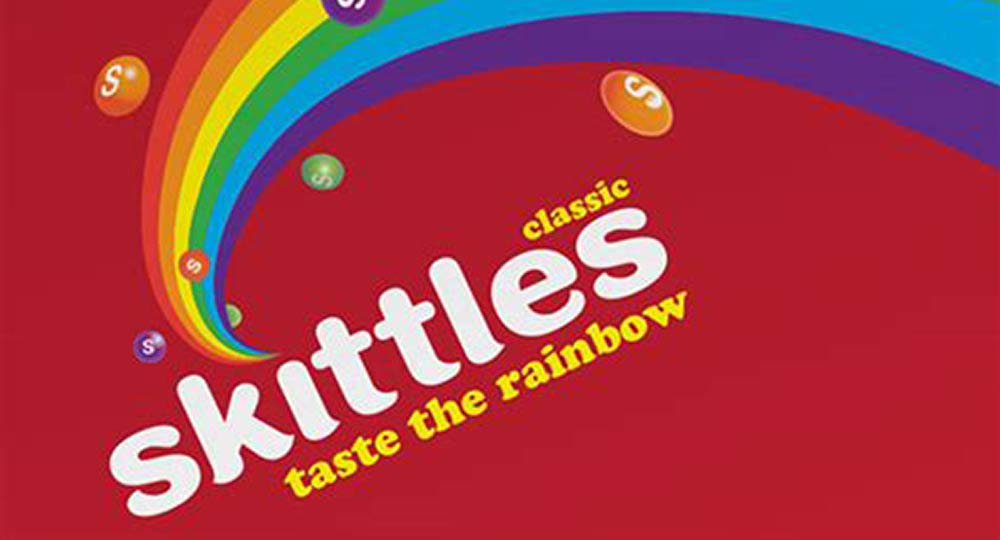
In our society, a post could go viral in just minutes or even just seconds. What makes these posts go viral and how can marketers tap on these as resources to be used in their marketing strategies?
First, we need to understand what is viral marketing. Viral marketing is a way of promoting something by generating the message of a product or a service through its audience. How do we consider a post viral? A post is viral when it reaches an exposure extended to the public at large and not just the targeted audience. This will mean that the message promoted could very well be seen on almost everyone’s social media feed.
In this post, we will talk about two ways through which marketers can achieve viral marketing, which are social currency and triggers.

Social Currency
Firstly, social currency refers to your influence on social networks, online and offline communities, and the degree by which your business is shared by others. Your business has to have something to offer that can get people talking about it, and that by talking about your business, the consumer is able to feel that they look good. Social currency involves inner remarkability, leveraging game mechanics and being able to make consumers feel like they are insiders of the business.

Leveraging game mechanics refers to having a system like a game that motivates consumers to purchase or use products or services through providing a sense of achievement for consumers. This can be done though providing points or levels system for memberships, where consumers can upgrade their levels or accumulate more points through purchasing more products or services, or playing certain games. For example, users on Lazada can play games to accumulate free vouchers which can be used for their purchases. Milestones or markers in this games also serve as extra motivation. Consumers feel a sense of achievement when they get to higher levels, and they will work hard to achieve these levels. There is also social comparison in such games, as users will want to attain higher levels as compared to their peers, which will make them look good, and allow them to have bragging rights. For example, Charles and Keith has membership milestones for different purchasing values. Consumers can attain a Silver membership when they make any purchases below $250, while a one-time purchase of $250 or a total purchase value of $500 in a year promotes them to a Gold membership. Higher tiers of the membership also grants the consumers more benefits, hence consumers are motivated to make more purchases.

Making customers feel like they are insiders to the brand are also key. Exclusive news that not everyone else knows will make users feel unique to the brand, which gives them social currency. A example will be Nike’s exclusive deals that are only for their members.

Triggers
Next, we will look at triggers. Trigger-based marketing taps on key events in a customer’s lifecycle, and triggers the right marketing at the right time to that individual. Common examples we often see are birthday offers during the users birthday month or week. For example, Starbucks offers a free drink size upgrade with any purchase of a handcrafted drink during the member’s birthday month. Triggers are found in the environment around us, and remind consumers of the product. Triggers can be used through natural connection, when a brand can be associated with a certain context.

For example, Skittles is associated with rainbows, due to a campaign they had named “Taste the rainbow”. In this case, when consumers see rainbows, they will be reminded of Skittles. The stronger the the strength of association between the brand and stimulus, the higher the probability that the consumer will be reminded of the brand when they are exposed to the stimuli. If consumers forget the trigger at the point of purchase, then the trigger is deemed ineffective.
Would you agree that viral marketing is a powerful tool that marketers can use for their marketing strategies? Share your thoughts below!
Hi shannice! I really understand a lot more about viral marketing after reading your blogpost! Those examples you gave really helped me to understand more about the points you are explaining.
I understand that you used social currency and triggers from the Jonah Berger’s STEPPS framework. i was wondering if you prefer social currency or trigger based marketing as a marketer, and why?
Great blog and looking forward to your next post!!!!
LikeLike
Hi Koh! Thanks for commenting! Personally, I would say I prefer social currency based marketing. I think that by putting myself in the shoes of the consumer, social currency based marketing will appeal more to me. I personally enjoy games and hence social currency based marketing which makes use of game mechanics would stand out to me.
Cheers,
Shannice
LikeLike